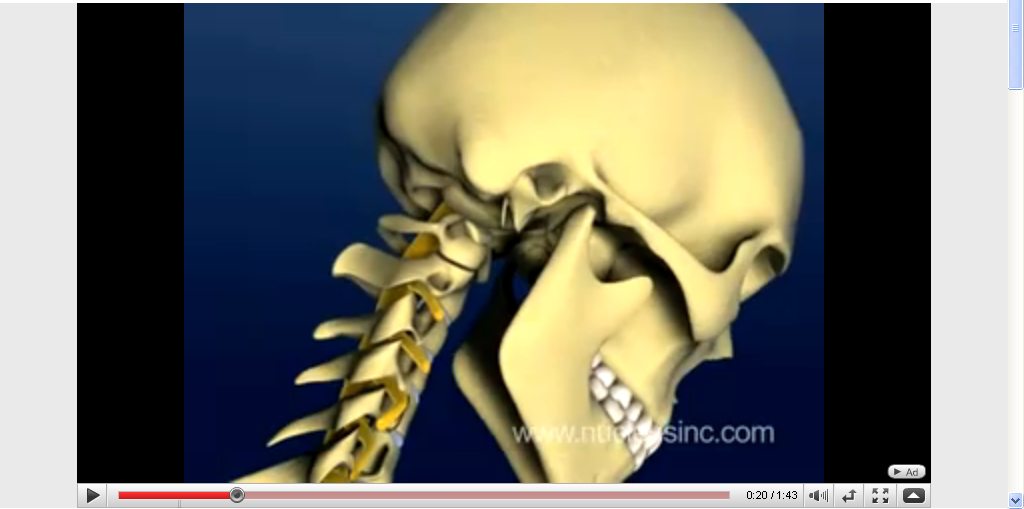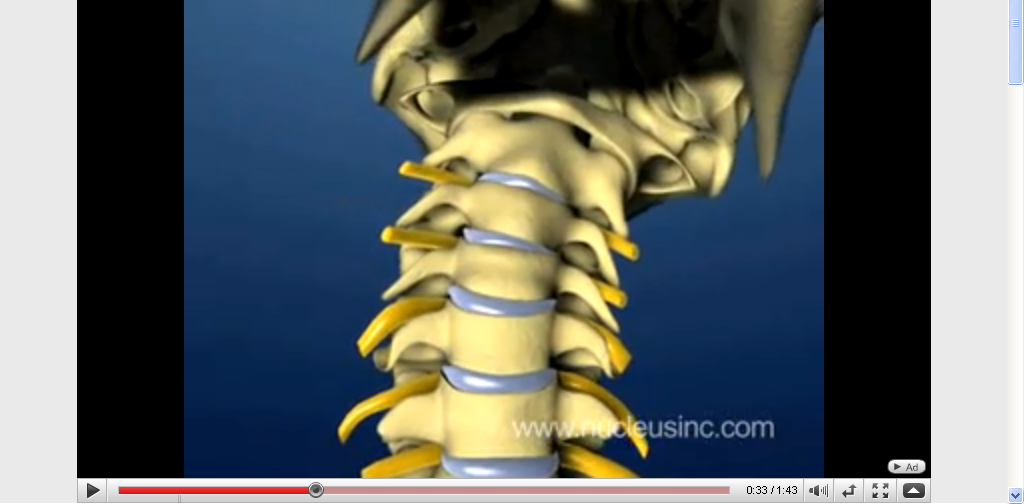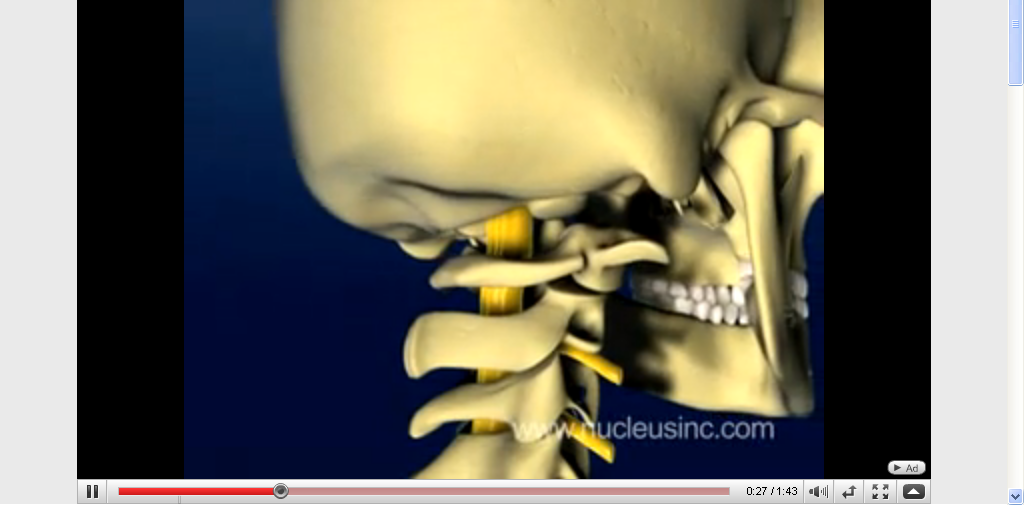Review of Structure and Function
Functional Components of the Spine
- anterior pillar: vertebral bodies and intervertebral discs; weight bearing and shock absorbing
- posterior pillar: vertebral arch = articular processes and facet joints; provides motion and bony levers as points of attachment for dynamic and stabilizing muscles



Stages of Recovery
This table adds subcategories to the "acute" and "chronic" stages of recovery. Patients present in the clinic with acute findings, such as high pain levels and restricted motion, without a known source of inflammation or trauma. It also includes some general functional limitations that patients present with during these stages.
By understanding typical functional limitations along this continuum, a PTA can help educate patients on what is expected in a typical course of treatment and rehabilitation. When patients understand why they need to progress or limit activity and the expected goal of these behaviors, they are more likely to adhere to a home exercise and activity program.
Additionally, the "chronic" stage can refer to a patient who is seeing a physical therapist for the first time, and has complained of spine and related pain and limited function over a longer period of time. These patients may be referred to as experiencing "persistent" pain. Patients who experience persistent pain may present as "acute without signs and symptoms of inflammation". When the physical therapist and treatment team have determined that the spine pain and related functional loss is relatively unresponsive to conservative and other interventions, the physical therapy plan of care typically focuses on management strategies. Management strategies include, but are not limited to: breathing, pacing and prioritizing, a range of exercises (from gentle motions to resistance training), mindfulness and meditation, topical analegesics, heat, and sleep education).
|
Healing Stage |
Rehab Stage |
Duration |
Pain |
Functional Limitations
|
Goal |
|
Acute and inflamed |
Early training and protection phase |
<2 weeks |
constant; cardinal signs of inflammation; no positional relief |
Limited in all mobility and basic self-care
|
Control symptoms; progressive return to ADLs |
|
Acute w/o s/sx inflammation |
Progress to Basic Training - Controlled Motion |
2-4 weeks |
intermittent; mechanical; sxs of nerve irritability; impairment classification emerges |
Standing limited to less than 15 min; sitting limited to less than 30 min; walking limited to .25 mile
|
Control symptoms; progressive return to ADLs
|
|
Subacute
|
Basic Training/ Controlled Motion - progress to Intermediate-Adv Return to fxn |
4-12 weeks
|
intermittent; activity-based symptoms
|
Decreased ability to move under a load (lift/carry) under variable conditions; some level of disability
|
Progressive return to IADLs and limited physical work
|
|
Chronic |
Intermediate-Adv Return to fxn
|
3-6 months |
progressive conditioning for executing repetitive movements/ loads correctly |
Return to maximal functional level; injury prevention
|
Return to work, recreation, sport |
|
Chronic syndrome "Persistent" |
Pain management strategies; home program |
6+ months |
Persistent pain symptoms are somewhat unresponsive to interventions |
Functional limitations persist; may limit engagement in life activities (home, work)
|
Control flare-ups, pace and prioritize activities; gain and maintain endurance |